The Green Phantom!
PROS: Attractive dyed wood shells, very comfortable and snug fitting semi-custom shells, well tuned engaging sound signature with very good technical performance, engulfing soundstage owing to the BCD, cheapest bone conduction quad-brid in the market, even more versatility with tip rolling, very good stock cable with swappable jacks, good variety in stock ear tips, VFM.
CONS: Slight DD driver flex, nothing significant for its asking price otherwise. Nitpicking – I would’ve liked a bit more air up top as a personal preference.
About BGVP.
BGVP is based out of Dongguan, China. They manufacture and sell a wide range of products like in-ear monitors, earbuds, cables, cases, etc. They initially came into prominence with successful products like DMG and DM6. Since then they’ve launched a wide range of products with us having reviewed their EST hybrids EST12 and EST8, ArtMagic V12, DM7, DM8, ArtMagic VG4, ArtMagic DH3, NE5, Melody and DM9 here on our website.
Official Store – BGVP Phantom ($900)
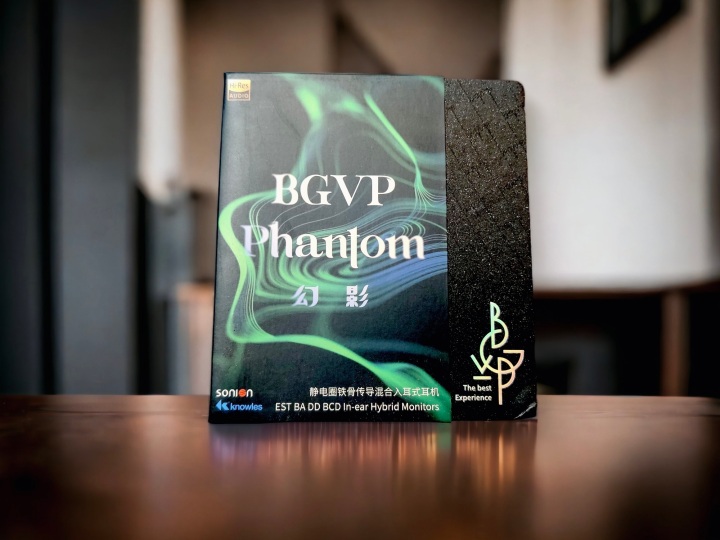
Technical Specifications.
- Drivers – 2DD + 2BA + 2EST + 2BCD
- Impedance: 12Ω.
- Sensitivity: 107dB/mW.
- Frequency Response Range: 10Hz-40kHz.
- THD+N: <2%.
- Max Rated Power: 179mW.
Included in the box.
- BGVP Phantom
- 4-core high purity 6N single crystal copper silver plated cable with swappable 3.5mm & 4.4mm jacks
- Silicone ear tips (1 Pink bore, SML Vocal, SML Balanced & SML Bass)
- Memory Foam ear tips – 1 pair
- Carry case
- Cleaning tool
- Warranty card
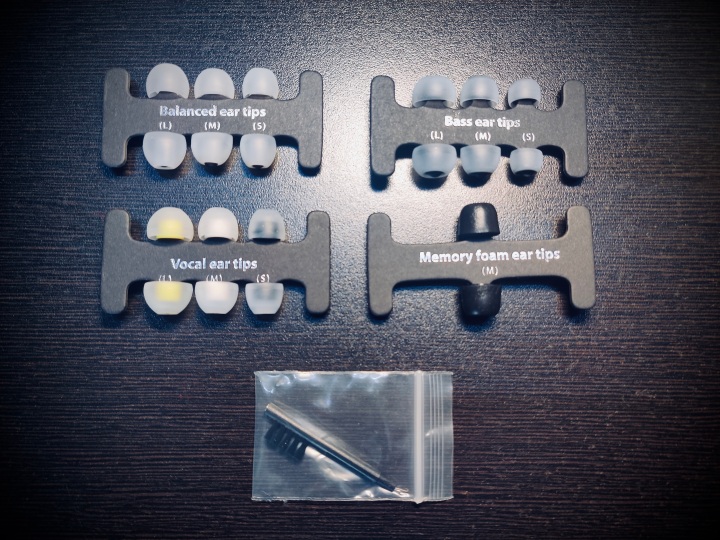
Introduction.
Looks like it’s Bone Conduction quad-brids fest at my place. I recently reviewed the 1DD+6BA+4EST+1BCD quad-brid Kinera Loki Emerald a few weeks back and today we have BGVP’s BCD quad-brid that has a config of 2DD + 2BA + 2EST + 2BCD but at a much cheaper price point of $950.
Advertisements
REPORT THIS AD
Let’s give you some quick insight into Phantom’s tech. Most of the BCD IEMs in the past have all used a different type of BCD driver and implemented them differently in their IEMs with a combo of DDs, BAs and EST drivers. Unique Melody used a piezoelectric bone conduction driver in their MEST IEMs that was implemented under the faceplate, Kinera developed their own high output BCD in house that was implemented more like a DD and BGVP instead chose to go with Sonion’s dual BCD driver that is a block shaped driver and bursts the vibrations out its spout-less opening. So, in case of Phantom, the driver needs to be implemented at the inner wall of the IEM that faces the concha and transmits the vibrations via a vent opening in the inner wall. BGVP used a double layer composite DC diaphragm and Graphene diaphragm dynamic driver for the bass, a Sonion 2300 series BA for the midrange, a Knowles RAD for the treble, dual Sonion EST driver for the ultra-highs and the Sonion BCD in support primarily focussing on the lower frequency range and enhancing a sense of space and imaging.
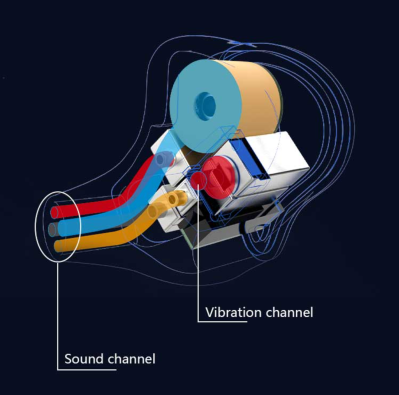
BGVP say that they’ve implemented a 5-way acoustic crossover with all four types of drivers having their own sound tubes to produce sound independently. The independent bone conduction shock hole in the back cavity is attached to the inner side of the shell cavity to ensure that it faces the auricle bone to convey the information in order for the sound field simulation to be more realistic.
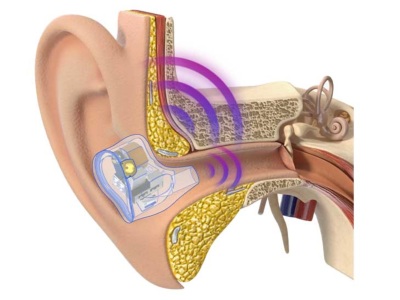
Build quality.
Phantom has thermochromic dyed wood shells that change to a lighter colour as soon as it comes in contact with the skin (~36 degrees). It may not be everyone’s cup of tea but still very cool as it’s a stock design and BGVP are not asking any extra amount for it, like some other brands tend to do. The finishing on the Phantom is very well executed and it has even gotten a nice stainless steel nozzle over the DM9 (which was very well finished too) that works perfectly in keeping the ear tips in place. It looks more premium, something that can compete in a league or two above its price segment in terms of build quality. One hardly comes across such stable wood shells under $1000 which otherwise only high-end manufacturers like Noble Audio and JH Audio offer. The wood shells are carved by 5-axis CNC machines and are dyed to highlight the wood grain, figuring and colours. It is then lacquered with clear coats and polished for high shine. DM9 has MMCX sockets, BGVP logo on the faceplate, a vent on top and inner wall, and 4 sound bores.
Advertisements
REPORT THIS AD
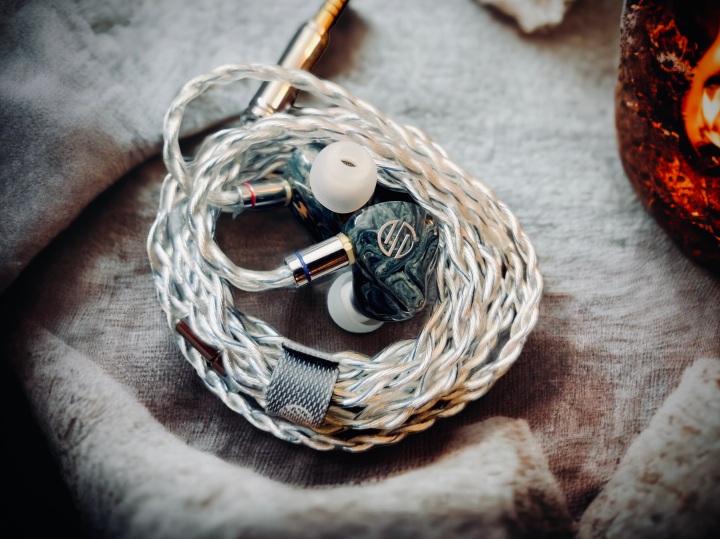
Cable – Phantom’s stock cable is a 4-core high purity 6N single crystal copper silver plated cable with swappable 2.5mm, 3.5mm and 4.4mm jacks. The jack, MMCX connectors and y-split are all made of metal, it is very supple with minimal downward pull. The swappable jacks are so convenient and I’m so happy to see BGVP trying to offer cables with swappable jacks with most of their IEMs, even their cheaper sub-$200 IEMs.
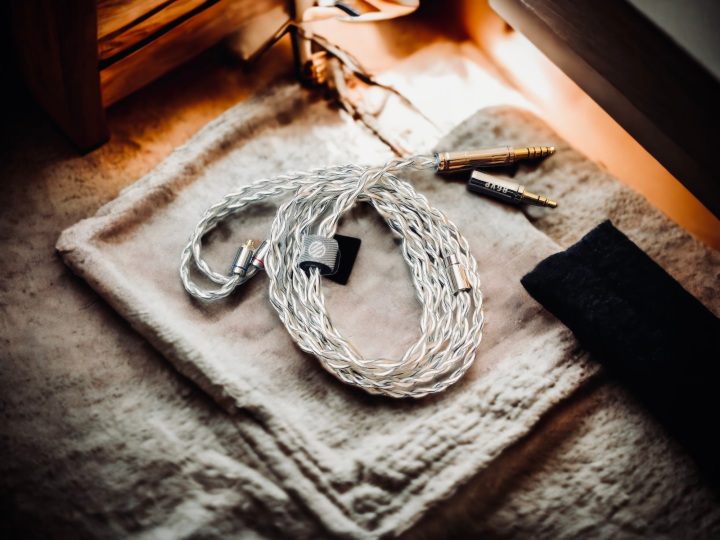
Fit, Comfort and Isolation.
The shells are quite small in size considering it is a quad-brid and houses 10 drivers (2DD + 2BA + 4EST + dual BC). They have a semi-custom shell shape and are an extremely snug and comfortable fit for my ears. You can further tweak the snugness and fit to your preferences using the different stock ear tips and the lipped stainless steel nozzles hold all types of ear tips very well. Even though it has a vent on top and the inner part of the shell for the DD, noise isolation is particularly impressive.
Advertisements
REPORT THIS AD

Sound Analysis.
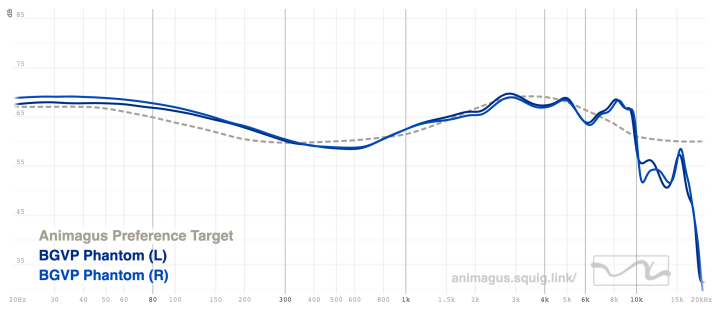
Graphs are measured using an IEC60318-4 (IEC711) setup. You can compare all the graphs on my IEM Graph Database here – Animagus Squiglink.
Summary – Phantom has an engaging bass boosted, slightly fuller than neutral signature with a forward definition of instruments, good sparkle and very good staging and technical performance that allows for a holographic listen. It is a well done musical signature that goes for a big presentation of sound with natural instrument tonality and without straying into the wonky category. It is a rather versatile IEM as you can further tweak its signature, slightly changing the effect of the BCD and amount of treble by using different ear tips. It has the ability to go from a bass boosted, punchy, fuller signature to a neutral, a more vibrant signature (with tips like Azla Sedna Earfit Short), while always maintaining an exciting and engaging character. BGVP have included a variety of ear tips in the package for the user to experiment as per their preferences but I’d recommend trying it out with an even wider range of 3rd party ear tips as they all add on greatly to Phantom’s versatility. Out of the stock ear tips, A07 are my favourite pairing.
Note – BGVP released a post launch update and now Phantom has metal nozzles which take and hold a multitude of tips perfectly much. So you need not worry about tips sliding out
It stands to be seen how much credit can be given to the Sonion BCD but I hear Phantom having good punch and dynamism that is quite like some of the Focal headphones and very precise imaging and depth layering that allows for a very nice, holographic presentation of sound. This holographic presentation is actually heard and enjoyed better with tips that allow a regular fit over tips that have a deeper fit and go deeper into the canal, thereby reducing soundstage boundaries as well as treble extension, just like in the case of U12t (UIEM) vs A12t (CIEM). I’d recommend either using tips like Azla Sedna Short and Standard or not pushing A07 tips too deep for the best experience of this particular quality.
Advertisements
REPORT THIS AD
Let’s go into more detail…
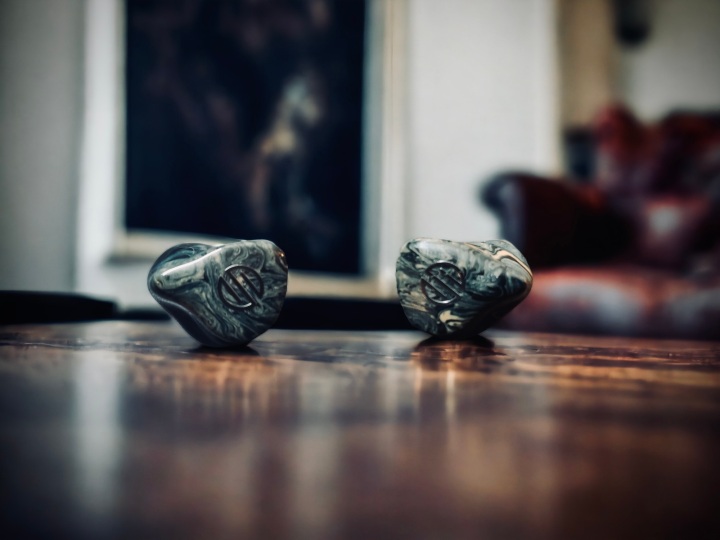
Bass – Phantom’s double dynamic drivers have a very natural tone and timbre and the BCD adds on to technical performance on top of it. I reckon, because of the BCD’s effect, I hear bass going deeper into the soundstage with punch and rumble coming in from behind in the black background like in the case of a live PA setup with sub-woofers. If the bass is mixed as stereo, it goes deeper and spreads in the background, so when the song has a stereo bass coming in, especially in case of EDM songs, it spreads deeper in the stage without it taking over and occupying all the space like in regular bass head IEMs. If you’ve never heard an IEM with a DD and well implemented BCD, like in the Phantom, it’s quite a different experience as the presentation has stronger 3D imaging and a more holographic presentation. So, rather than a 2D bass that’s always there right in front of your face, it’s a bit more dynamic and three dimensional (for the lack of a better word), a bit like speaker setups with a well calibrated sub-woofer. Of course the staging is never going to be as wide as a speaker setup since it’s still an IEM, but it really is a different listening experience.
Midrange – Lower-midrange can come across neutral to slightly fuller depending on the tips and the kind of fit you go for. The upper-midrange has about 9dB of ear gain that enables a forward and strong definition of instruments. Both of them combined help with a natural tonality but with instrument body that is very slightly on the fuller side.
Treble – Phantom is sparkly in lower-treble and slightly neutral-warm in its upper-treble presentation. I personally would’ve liked a bit more air and extension up top but the sparkle kinda balances the bass boost well and with open bore tips like Azla Sedna Standards/Short, Phantom actually comes across more as a slightly neutral-bright IEM, while slightly neutral-warm(ish) with some other ear tips. This is exactly why I highly recommended tip rolling with Phantom as it has the ability to provide a different experience with different tips. I was actually amused when I finally graphed it because I didn’t expect it to graph warm in upper-treble. Goes to show that graphs only tell part of the story and how other FR regions can influence perception.
Technical Performance – Phantom has commendable technical performance for an IEM under $1000. Phantom has very good resolution and detail retrieval but its the engulfing, deep soundstage with boundaries that extends quite wide, wider than most of the benchmark IEMs in this price segment that impressed me the most. The other IEM that levels this kind of width and imaging of hard panned instruments in this price segment is the Custom Art FIBAE 5. Instruments in very well mixed rock songs like ‘Harridan’ by Porcupine Tree have life-like presence with very good separation and definition in the soundstage. The whole soundscape and stage created in well crafted EDM songs like Chainsmoker’s ‘Somebody’ were a total different listening experience with what I generally hear with other non-BCD mid-fi IEMs. The instruments in the song were very well separated and the sub-bass rumble sounded like it was coming towards me from the black background rather than being two dimensional like it is with most regular bass boosted IEMs. There really is something about the dual Sonion BCD drivers, which I feel are quite good at enabling stronger imaging and depth layering to provide a more engulfing stage presentation.
Advertisements
REPORT THIS AD
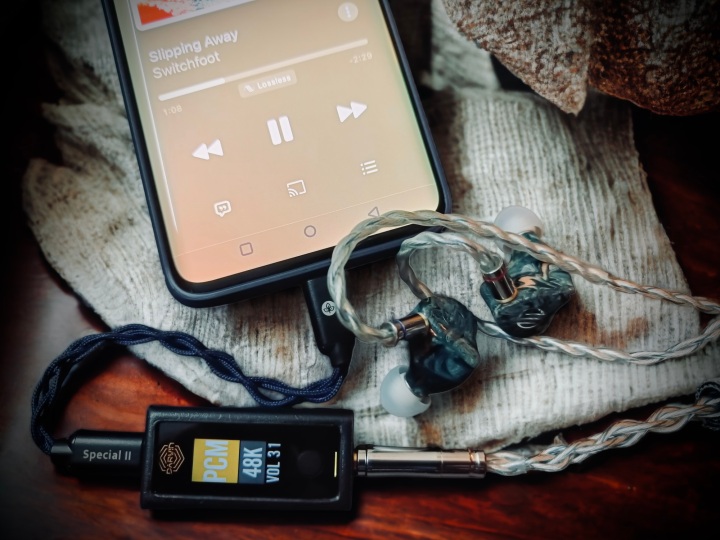
Comparisons.
Unique Melody MEST MK2.
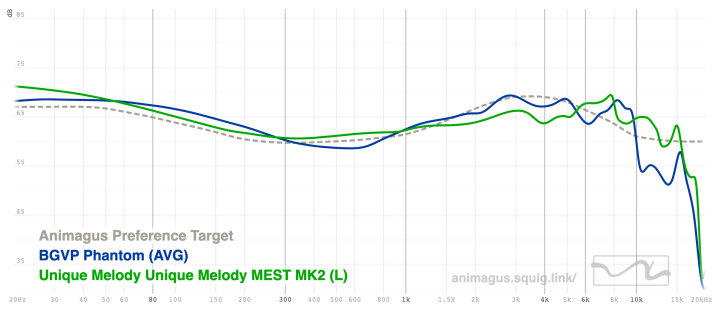
MEST MK2 (MM2 for ease) has 1DD + 4BA + 2EST + Bone Conduction config and a V-shaped tuning. Both IEMs use a BCD but MM2 uses a piezoelectric dBC which is placed under the faceplate while Phantom uses Sonion dual BCD that looks like a BA and outputs the vibrations towards the concha from its spoutless opening. So, even though both are bone conduction drivers, the way they’re designed and implemented are completely different. Coming to sound, MM2 has very slightly stronger sub-bass rumble but Phantom has very slightly more mid-bass. MM2’s bass is a bit more upfront and has stronger physicality owing to its fuller signature while Phantom’s goes deeper into the soundstage. As MM2 is a fuller sounding IEM because of slightly fuller lower-midrange and recessed upper-midrange. Phantom comes across slightly more neutral out of the two, primarily because of better ear gain and cleaner lower-midrange, which results in slightly more accurate tonality and a more forward definition of instruments in the stage. MM2 is brighter and airier in treble region and has better upper-end extension. This along with the recessed upper-midrange results in it coming across as a brighter V-shaped IEM with a more vivid presentation but both IEMs have very good detail retrieval, layering and left to right separation for their respective signatures and do it in slightly different ways as a result of it all. MM2 has a wider soundstage while Phantom has a slightly deeper soundstage with slightly better depth layering. Instruments in MM2 are spaced further out in the stage while Phantom has slightly more forward definition and stronger imaging owing to more ear gain.
Symphonium Helios.
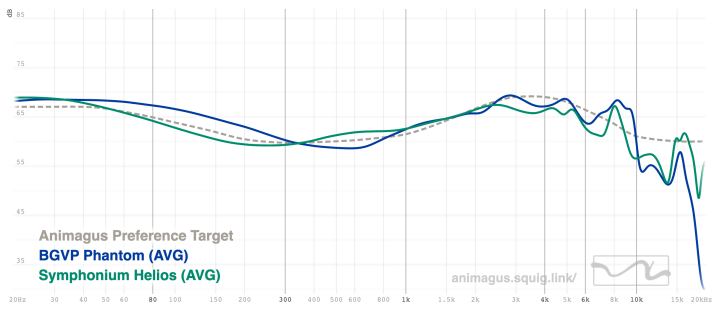
Advertisements
REPORT THIS AD
Helios has 4BAs and is now one of my benchmark IEMs at the $1100 mark. Helios comes across as a cleaner, more neutral IEM and Phantom, very slightly fuller, slightly more W-shaped on top of Helios’s signature. Phantom has very slightly more sub-bass rumble and mid-bass quantity than Helios, not even as much as the graph shows because of how the BCD effects its imaging in the stage and images the bass deeper into the soundstage. Helios has remarkable bass tonality and technical performance at its price but Phantom takes the technical performance one step further as the bass rumble and impact has quicker, sharper transient presentation and comes at you from a blacker background. Because of the slightly more mid-bass quantity, Phantom has slightly more bass punch in comparison, but without it being too upfront. Both have a forward upper-midrange but Phantom is slightly more neutral, with ~1dB more of ear gain and has stronger instrument definition in the stage as a result. Phantom is slightly sparklier in lower-treble while Helios has very slightly more air up top. Both IEMs have very good detail retrieval and separation between instruments, and even though Helios has very good staging capabilities, Phantom does staging a bit differently due to the dual BCD playing a role. So Sonion dual BCD’s effect along with the slightly fuller bodied signature enables a more engulfing, slightly more three dimensional soundstage that results in a different listening experience between the two IEMs besides tonality.
Custom Art FIBAE 5.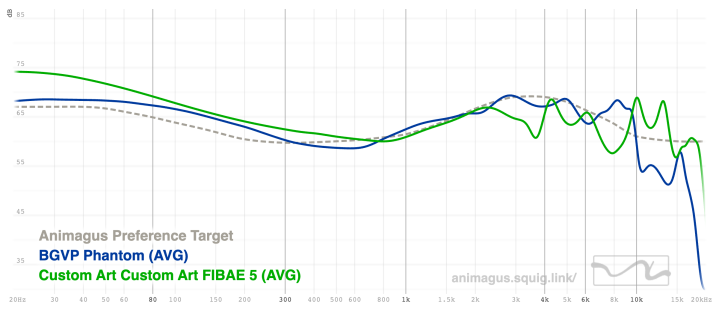
F5 has 1DD + 2BA +2 Planar drivers and a vibrant-energetic W-shaped tending V-shaped signature. It has significantly more bass quantity than Phantom and a fuller than neutral lower-midrange. Phantom on the other hand has better bass technicalities with quicker and more precise centre imaging and transient presentation. Phantom has a more neutral ear gain in comparison and as a result has more natural instrument tonality and stronger definition of instruments. Phantom has better, slightly sparklier lower-treble whereas F5 is darker in that region. This results is slightly more accurate tonality of instruments in Phantom and very slightly muted instrument definition (relatively) in F5 in comparison. Post 10kHz, F5 is much sizzlier and airier than Phantom as well as reference-neutral in general, which results in F5 having a more coloured and energetic signature which needs a slight adaptation period for the ears before it becomes normal. Phantom on the other hand comes across slightly more natural, if not a bit warmer in upper-treble. Coming to technical performance, both have wide soundstages but F5 has a more open sounding stage while Phantom has a stage that goes much deeper and has better depth layering, stronger imaging and definition and slightly better detail retrieval.
Kinera Nanna 2.0.
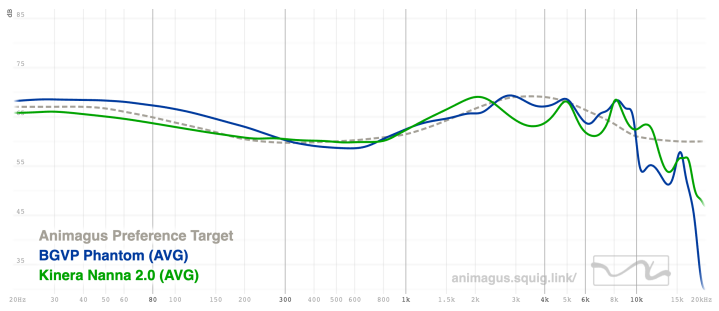
Advertisements
REPORT THIS AD
Nanna 2.0 has 1DD + 1BA + 2EST drivers with a balanced, neutral-bright signature. Phantom has slightly stronger bass rumble and punch from the difference in signatures as well as impact of the BCD. Both have a similar-ish clean lower-midrange but Phantom has better ear gain with peaks in the right places which results in a more natural tonality and stronger definition of instruments in comparison. Both are sparkly in their lower-treble presence but Nanna is airier up top. As a result of this and it having slightly lesser bass presence, Nanna 2.0 comes across brighter compared to Phantom. When it comes to technical performance, Nanna 2.0 is no slouch and has very good detail retrieval, resolution and separation between instruments owing to the nature of its tuning but Phantom has much better staging capabilities with a wide, more engulfing soundstage with better and deeper depth layering as well as stronger and more precise imaging and definition of instruments.
Conclusion.
I’ll repeat what I said in my DM9 review again – BGVP is a company that knows how to create a VFM package and keep innovating without using the same age old formula as they come up with interesting signatures that are different from their previous IEMs. They do attractive full dyed wood shells in budget pricing, provide a really good stock cable with swappable jacks as well as high quality variety in ear tips and yet try and price the whole thing the lowest they can compared to all their competitors. Now again, Phantom is no different. This is the cheapest Bone Conduction quad-brid you can buy in the market and it comes with attractive, thermochromic dyed wood shells as stock – something some other brands charge a premium for. But the main thing about an IEM is sound and Phantom does not disappoint mostly. It has an engaging sound signature which has very good definition of instruments and the dual BCD along with the other drivers enable an engulfing soundstage that has very good depth layering and instrument imaging. The main nitpick I have is that I wish it had a bit more air up top but the sparkle in lower-treble actually balances out the lower end FR very well and Phantom actually comes across well balanced as a result, sometimes even neutral-bright with certain ear tips – which is why I was quite amused to see it graphing lower in the region than I expected. I highly recommend tip rolling to experience Phantom’s versatility as its signature can lean towards bass or treble, with the BCD’s impact and amount of treble changing with different tips. All in all, Phantom is a very capable IEM at the $900 price point in my opinion, something that offers something unique out of the competition and why it gets a thumbs up from my side. Give it a try if you get the chance.
Gear used for testing and review.
- DAPs – HiBy R6 Pro II | iBasso DX240
- Phone – OnePlus 7 Pro + Tanchjim Space Dongle | iBasso DC04
Artists I like and listen to.
- Rock – Foo Fighters, Linkin Park, Switchfoot, Imagine Dragons, Daughtry, Green Day, MuteMath, X Ambassadors, Dave Matthews Band, Vertical Horizon, Our Lady Peace, Lifehouse, Fall Out Boy, Breaking Benjamin, Muse, ACDC, Audioslave, Rage Against the Machine, Biffy Clyro, I Am Giant, Normandie, Paramore, Slash & Guns N Roses, 3 Doors Down.
- Pop Rock – John Mayer, Coldplay, Paul McCartney, James Bay, Hunter Hayes, Niall Horan, Keith Urban, The Bros Landreth, Bryan Adams.
- Progressive Rock/Metal – Porcupine Tree/Steven Wilson, Karnivool, Tool, Dead Letter Circus, Periphery, Lamb of God.
- Pop/Soft Rock – Ed Sheeran, Adele, Taylor Swift, OneRepublic, The Script, Gavin James, Magic Man, Maroon 5, Bruno Mars, Charlie Puth, Dua Lipa, The Weeknd, Oasis, Panic! At the Disco, TwentyOne Pilots.
- EDM – Chainsmokers, Zedd.

